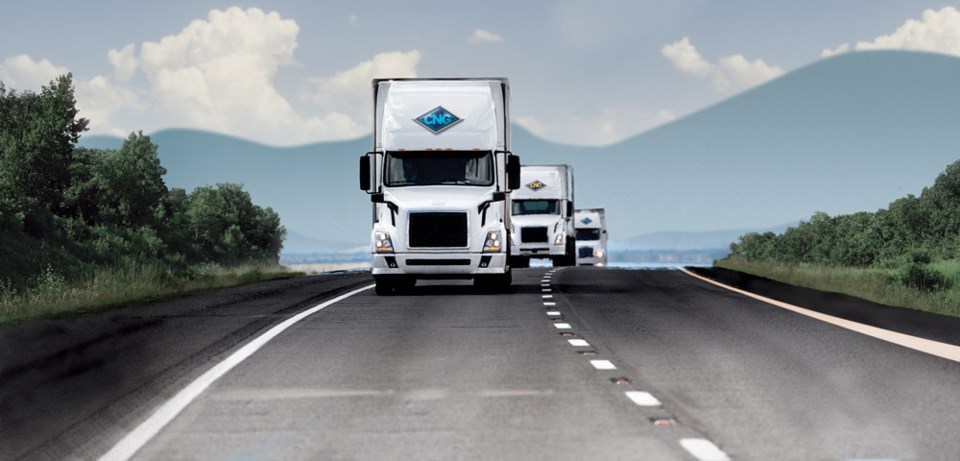Liquefied natural gas (LNG) is a vital part of the evolving energy mix for the province of British Columbia as well as globally. As an important step in a global shift to cleaner energy, LNG can be a bridge from relying heavily on coal and oil to a future mix of lower-carbon and renewable energy sources.
In 2017, the International Energy Agency conducted a detailed analysis of supply of and demand for natural gas in the World Energy Outlook. This report uses a scenario approach to examine future energy trends. In the Sustainable Development Scenario, global greenhouse gas (GHG) emissions are halved – partially thanks to natural gas becoming the single largest fuel supply at 25% of global energy consumption by 2040. If significant GHG emission reductions are a global goal, natural gas will play a leading role in our future.
FortisBC is exploring innovative low-carbon solutions to meet future energy needs. This includes providing affordable LNG for B.C.’s on-road transportation sector, expanding the use of LNG in the marine sector and international LNG exports. Using natural gas to displace higher-carbon transport fuels is a key part of our Clean Growth Pathway strategy – our vision of how FortisBC can help advance a lower-carbon future for B.C.
On the domestic front, we have worked to provide natural gas solutions for B.C.’s transportation industry – a sector responsible for almost 40% of provincial greenhouse gas emissions. Transportation is also a major contributor to local air pollution; in the Lower Mainland, mobile sources are the primary source of nitrogen oxides (NOx), a precursor to smog. FortisBC provides LNG and compressed natural gas (CNG) options for commercial transportation, which has a growing appetite for cleaner fuel alternatives as the sector aims to reduce emissions and save money on fuel costs by shifting away from diesel and fuel oil.
Locally, BC Ferries and Seaspan Ferries Corp. have both introduced multiple vessels running on FortisBC’s LNG into their fleets, while trucking companies like UPS Canada and Vedder Transport have trucks powered by natural gas. LNG adoption by vehicle fleets cuts carbon emissions by about 25%, and common air contaminant emissions like sulphur oxides (SOx) by almost 100% and NOx by 85%, which translates into much cleaner tailpipe emissions compared with diesel fuel.
FortisBC has also made significant strides in providing Renewable Natural Gas (RNG) for public transportation, a first in Canada with the announcement recently of a partnership with TransLink. RNG can significantly reduce the carbon intensity of transport fuels even further beyond the benefits of displacing diesel with CNG or LNG. RNG is made from the biogas emitted at landfills, wastewater treatment plants and agricultural facilities. RNG can be used seamlessly with natural gas, reducing GHG emissions by upwards of 85% over diesel and at the same time providing all of the local air quality benefits of natural gas.
FortisBC has also built a reputation internationally as a trusted leader in Canadian LNG and is proud to be the first Canadian company to export LNG to Asia, with the first LNG-filled ISO containers going from our LNG plant at Tilbury in Delta to China in 2017. The development of B.C.’s LNG export industry enables significant carbon emission reductions in other countries where power generation and industry are currently using coal and heavy fuel oil as energy sources. Replacing these carbon-heavy fuels with LNG will result in improvements in local air quality and lower GHG emissions. As countries like China look to reduce their emissions, B.C. is helping the transition by providing natural gas developed to some of the highest standards in the world. FortisBC’s LNG has the lowest GHG emissions intensity in the world, and our close proximity to China serves to increase the emissions reduction potential of our natural gas abroad.
By accessing global LNG markets and encouraging our domestic transportation industry to choose low-carbon natural gas fuel offerings such as LNG and RNG, we can move towards a renewable and affordable energy future. Learn more at .



